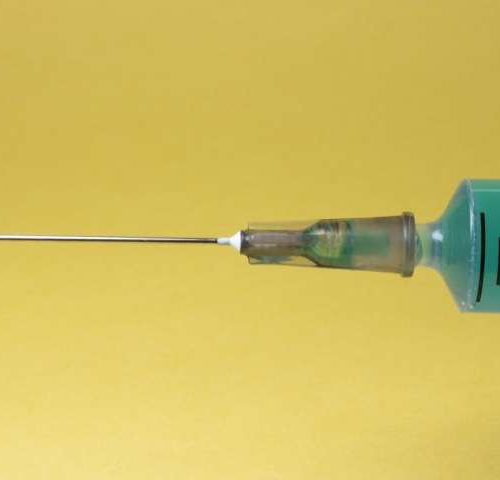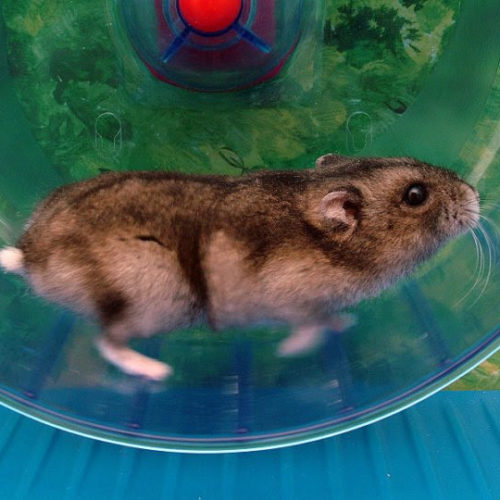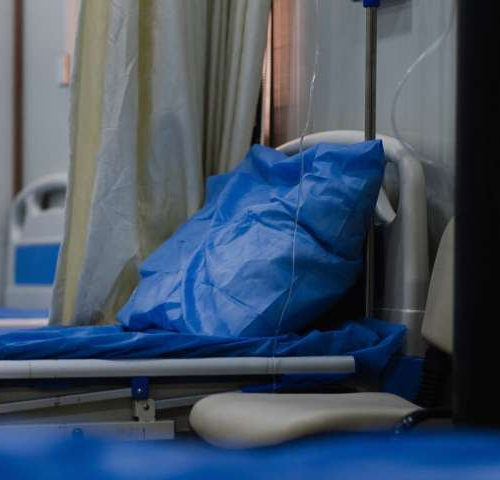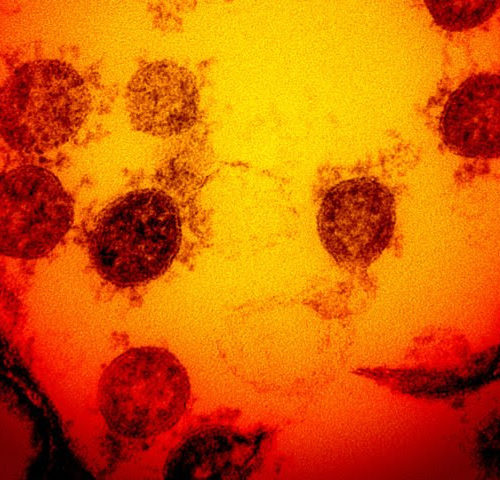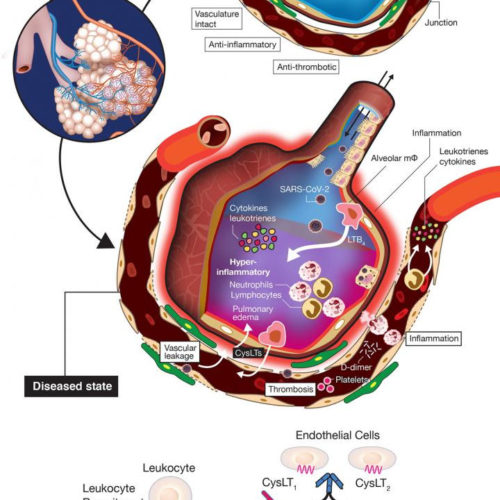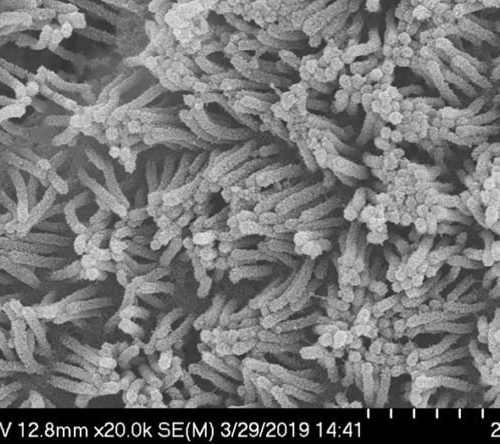by James Cook University A study of older mice with type 2 diabetes has yielded highly promising results for researchers investigating potential new vaccines for tuberculosis (TB). A team of researchers from Australia, Bangladesh and France investigated a potential vaccine, BCG::RD1, and found it highly protective when administered directly into the lungs of diabetic mice,...
Tag: <span>potential drug</span>
Exercise Enhancement
Loss of a specific enzyme increases fat metabolism and exercise endurance in mice. Sugars and fats are the primary fuels that power every cell, tissue, and organ. For most cells, sugar is the energy source of choice, but when nutrients are scarce, such as during starvation or extreme exertion, cells will switch to breaking down...
Single-cell analysis provides new insights into mitochondrial diseases
by Michael Morrison, Massachusetts General Hospital Investigators led by a team at Massachusetts General Hospital (MGH) have made discoveries at the single cell level to uncover new details concerning mitochondrial diseases—inherited disorders that interfere with energy production in the body and currently have no cure. The findings, which are published in the New England Journal...
Smartwatch Tracks Levels of Medication in the Body for Personalized Dosing
Researchers at the UCLA Samueli School of Engineering and the Stanford School of Medicine have developed a smartwatch that uses electrochemical analysis to track levels of a drug in the body by analyzing a patient’s sweat. The system could help with finding the correct drug and dose for a given patient in order to maximize...
‘AeroNabs’ Promise Powerful, Inhalable Protection Against COVID-19
As the world awaits vaccines to bring the COVID-19 pandemic under control, UC San Francisco scientists have devised a novel approach to halting the spread of SARS-CoV-2, the virus that causes the disease. Led by UCSF graduate student Michael Schoof, a team of researchers engineered a completely synthetic, production-ready molecule that straitjackets the crucial SARS-CoV-2...
Novateur Ventures explores new strategy to reduce hyperinflammatory response caused by COVID-19
VASCULAR LEAKAGE, INFLAMMATION-PROVOKING, AND THROMBOTIC EVENTS IN CORONAVIRUS DISEASE 2019 view more CREDIT: NOVATEUR VENTURES A novel strategy has been developed by Novateur Ventures, which provides new hope in battle against COVID-19. The study titled ‘A Novel Strategy to Mitigate the Hyperinflammatory Response to COVID-19 by Targeting Leukotrienes’ was published in Frontiers in Pharmacology, a...
Inappropriate prescriptions sending hospitalized seniors back to the ER
Improving hospital prescribing practices may reduce risk of rehospitalization and death Two in three hospitalized seniors are prescribed drugs that should be avoided by older adults, increasing the risk of injury and adverse drug reactions. Improving hospital prescribing practices can reduce the frequency of inappropriate medications and resulting harm, according to a new study led...
RNA scientists advance early detection of Duchene muscular dystrophy
by University at Albany The devastating effects of Duchene muscular dystrophy (DMD) can be mitigated if detection takes place in early childhood. Sadly, early diagnosis is rare. Now, University RNA researchers have discovered a novel method that could solve this long-standing problem. The research team, from the UAlbany laboratories Professor Igor Lednev of Chemistry and...
Intestinal Insight
Every year, about 250,000 people in the U.S. with severe obesity and related health conditions undergo bariatric surgeries. These procedures can help people lose excess weight and rapidly improve high blood sugar, high blood pressure and heart disease. Some of these changes result from restricting the amount of food the stomach can hold. Others arise...
Researchers devise approach to treat rare, incurable form of blindness
by University of Wisconsin-Madison Best vitelliform macular degeneration, or Best disease, is an inherited eye condition that typically leads to blindness over the course of a few decades. The disease can be caused by more than two hundred mutations in the BEST1 gene. The researchers were able to correct the disease in stem cells from...

